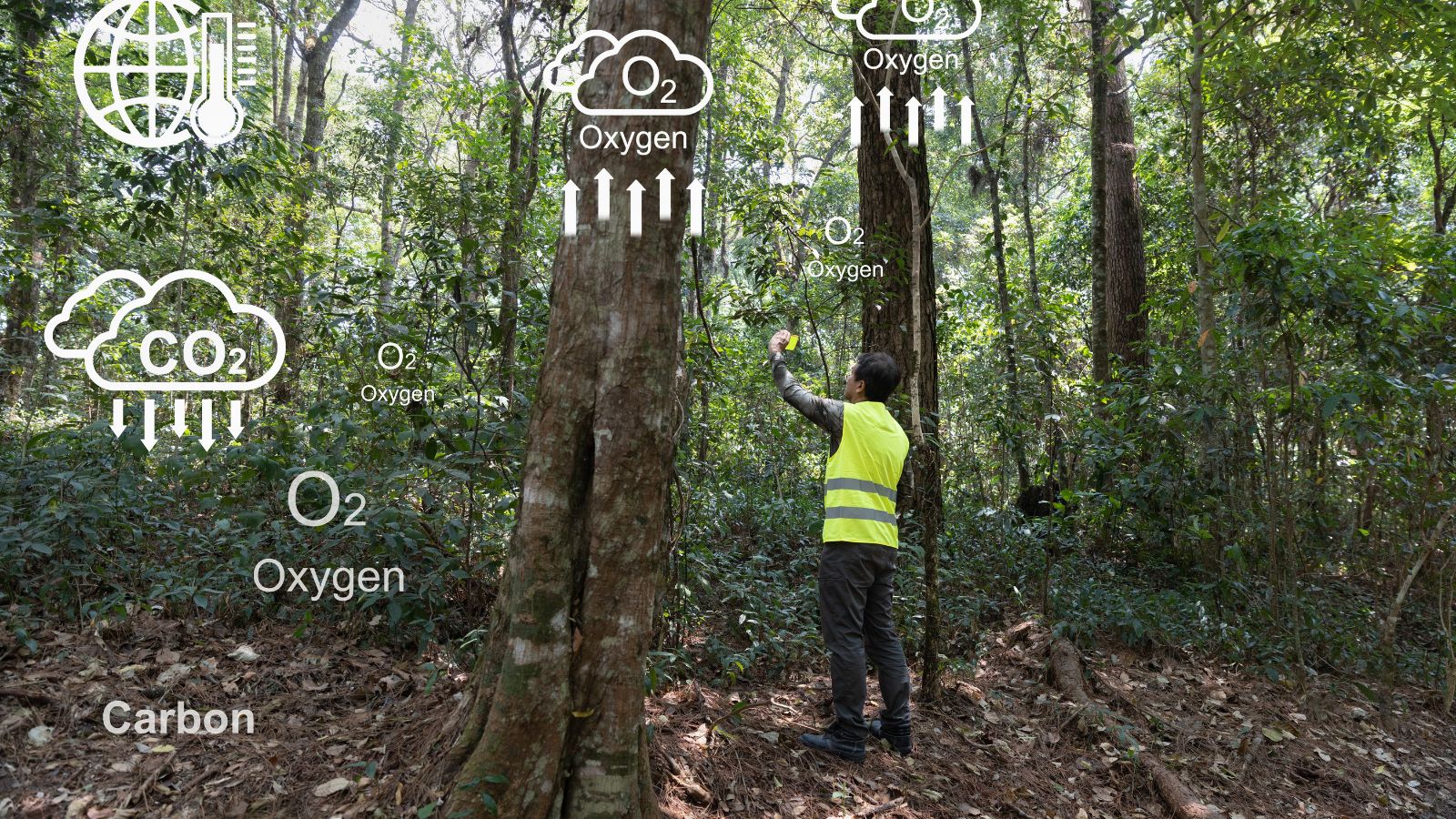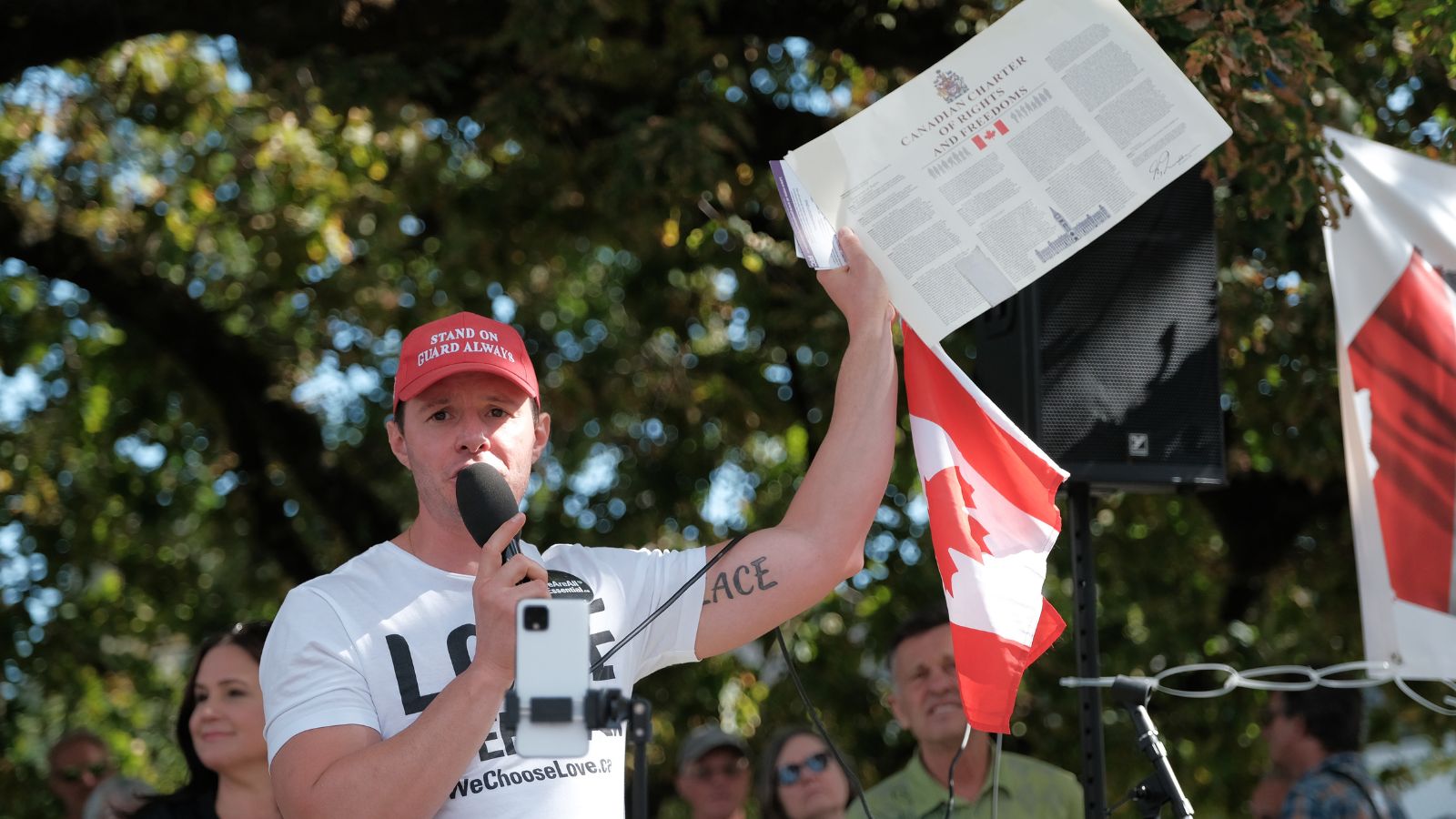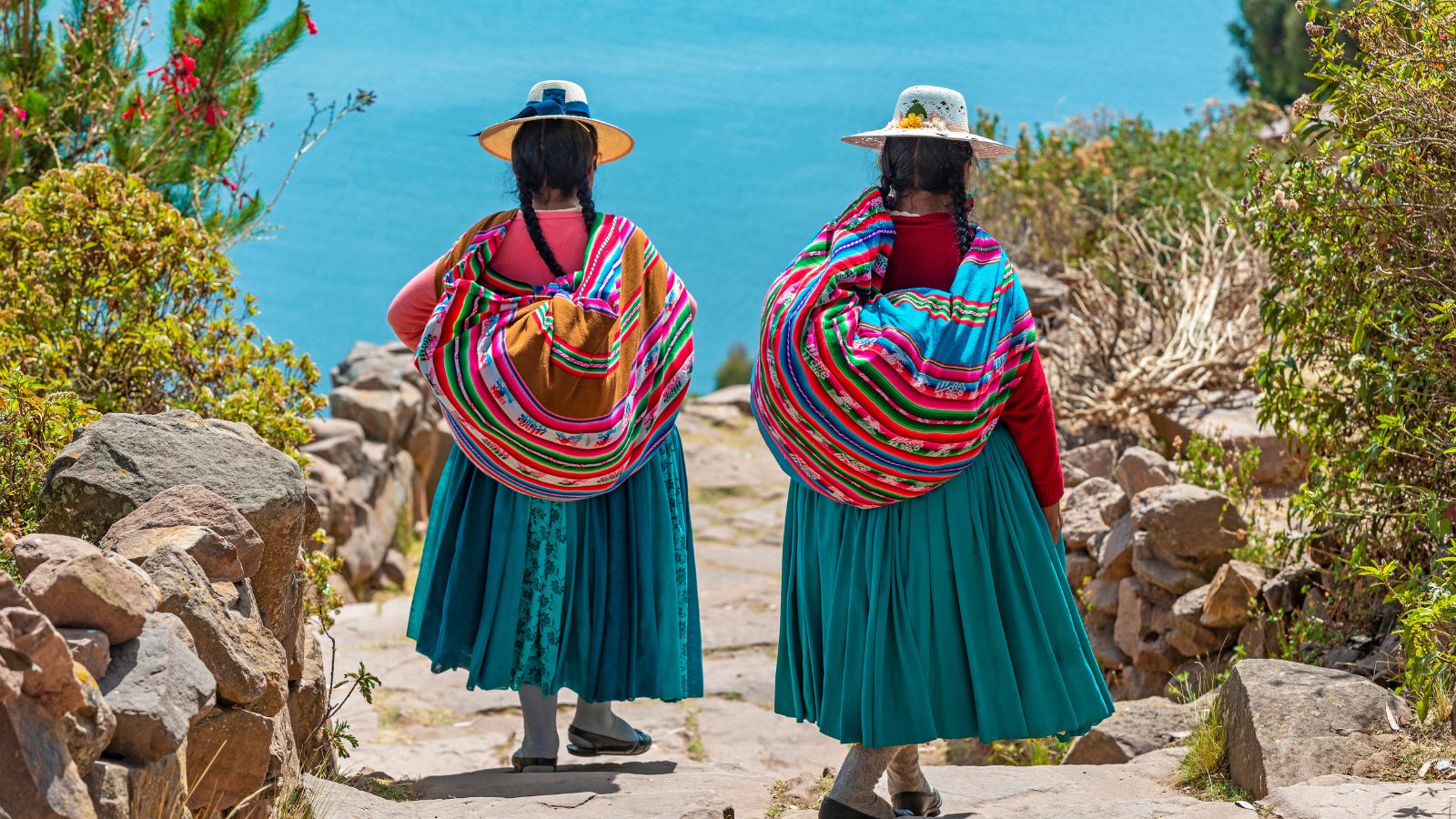Canada doesn’t always shout about its achievements, but time and again, the country has quietly led the world in areas ranging from social policy to environmental action. While others debate, Canada has often already implemented. Whether it’s healthcare, civil rights, or tech infrastructure, the country has consistently been an early adopter of progressive policies and forward-thinking systems. Here are 18 specific instances where Canada wasn’t just keeping up, it was setting the pace.
Legalizing Same-Sex Marriage (2005)

Canada became the fourth country in the world to legalize same-sex marriage nationwide in 2005, eight years before the United States. The Civil Marriage Act, passed under Prime Minister Paul Martin, made marriage accessible to all couples regardless of gender, reflecting a growing acceptance of LGBTQ+ rights in Canadian society. Unlike other countries where legalization followed court battles and heavy opposition, Canada’s Parliament codified it through legislation. This move helped cement Canada’s international reputation as a socially progressive nation.
Single-Payer Universal Health Care (1966)

Canada’s universal health care system, implemented nationally in 1966, remains one of its defining features. Spearheaded by Saskatchewan Premier Tommy Douglas and later adopted by the federal government, the system ensures that all Canadians receive essential medical services without direct charges at the point of care. While Americans continue to debate public healthcare, Canadians have long enjoyed a model centered on equity and accessibility.
Decriminalizing Homosexuality (1969)

Canada decriminalized homosexuality in 1969, four years before the American Psychiatric Association removed it from the DSM and decades before U.S. federal protections were introduced. This shift came under Prime Minister Pierre Trudeau, who famously said, “There’s no place for the state in the bedrooms of the nation.” While social acceptance lagged behind legal reform, the legislative change laid the foundation for later rights-based advancements. It marked Canada as a jurisdiction willing to reevaluate outdated laws and make room for human dignity in public policy.
Recognizing Climate Change as a Real Threat (1988)

Canada was among the first nations to establish a government body to study climate change, founding the Canadian Climate Program in 1988. While much of the world was still debating whether global warming was a genuine concern, Canadian scientists and policymakers had already begun crafting strategies. The country also hosted the 1988 Toronto Conference on the Changing Atmosphere, one of the earliest global forums to address climate policy.
Creating the Charter of Rights and Freedoms (1982)

Canada’s 1982 Charter of Rights and Freedoms was ahead of its time in providing a comprehensive, entrenched list of individual rights and liberties. While the U.S. Bill of Rights has existed for centuries, Canada’s Charter was designed with contemporary issues in mind, including language rights, multiculturalism, and mobility rights. Its inclusion in the Constitution Act made it binding on all levels of government, empowering courts to strike down legislation that infringes on protected freedoms.
Legalizing Cannabis (2018)

Canada was the first major economy to fully legalize recreational cannabis in 2018, moving beyond simple decriminalization to regulate the entire market. The Cannabis Act not only permitted legal sales but also introduced strict quality controls and public education campaigns to promote responsible use. This comprehensive approach drew global attention and has since been studied by other countries contemplating similar reforms. Legalization also enabled public health oversight, redirected policing resources, and generated substantial tax revenue.
Banning Single-Use Plastics (2022)

While global discussions about plastic pollution were ongoing, Canada took direct action by announcing a ban on certain single-use plastics in 2022, including straws, bags, and cutlery. This positioned Canada among the early leaders in combating plastic waste, joining a short list of countries with enforceable national policies. The move followed years of public consultation and environmental research, aligning with the country’s broader climate commitments. Although some provinces had already taken action, the federal ban marked a significant step in reducing plastic waste across Canada.
Instituting Paid Parental Leave (2001)

Canada’s Employment Insurance (EI) program was expanded in 2001 to offer up to 12 months of paid parental leave, with options for both parents to share the time. This initiative promoted gender equality in caregiving and gave families more flexibility during the first year of a child’s life. At the time, very few countries outside of Scandinavia had such generous leave policies. This made Canada a global example in family-friendly employment benefits.
Recognizing Indigenous Land Rights (1973)

Canada began formally recognizing Indigenous land claims in 1973, well before most other countries initiated similar processes. The landmark Calder case that year acknowledged the existence of Aboriginal title, prompting the federal government to establish a land claims policy. This laid the groundwork for modern treaties and land settlements, including the James Bay and Northern Quebec Agreement. Though challenges remain in achieving reconciliation, Canada’s early steps marked a shift toward recognizing Indigenous sovereignty and set an example for post-colonial legal reforms globally.
Launching a Multiculturalism Policy (1971)

Canada became the first country in the world to adopt multiculturalism as an official policy in 1971, under the leadership of Prime Minister Pierre Trudeau. Rather than push for assimilation, the policy encouraged cultural preservation and diversity within a unifying national framework. This approach influenced immigration policies, public broadcasting, and school curricula. It also helped shape Canada’s reputation as a tolerant and inclusive society.
Promoting Gender Equality in Cabinet (2015)

When Prime Minister Justin Trudeau appointed a gender-balanced Cabinet in 2015, it was still a rarity among global democracies. Out of 30 ministers, 15 were women, not as a symbolic gesture, but to reflect the modern face of Canada. His response to why? “Because it’s 2015.” The Cabinet included women in key positions such as Foreign Affairs and Justice, and the decision influenced other countries to reconsider their gender representation. The move elevated conversations about gender equity in leadership, without resorting to quotas, and marked a practical step toward inclusive governance.
Launching a National Public Broadcaster (1936)

Canada founded the Canadian Broadcasting Corporation (CBC) in 1936, recognizing the need for a national voice in media early on. At a time when most countries relied on private broadcasting, CBC aimed to inform, educate, and unite a geographically vast and linguistically diverse population. It provided news in both English and French, serving remote communities before private media caught up. The CBC also became a model for public service broadcasting, predating other major broadcasters, such as Australia’s ABC or NPR in the United States.
Hosting the First Global HIV Conference (1989)

In 1989, Canada hosted the 5th International AIDS Conference in Montreal, a crucial event in global health advocacy. This was a period when HIV/AIDS was still highly stigmatized, and hosting the event showed a commitment to advancing research and public understanding. The conference helped bring the epidemic into mainstream discourse and encouraged cooperation among governments, researchers, and NGOs. Canada’s support for open discussion and science-based policy helped shift the global narrative from fear to one of treatment and compassion.
Creating a National Parks System (1911)

Canada established the world’s first national parks service in 1911 with the creation of the Dominion Parks Branch, later known as Parks Canada. This predated the U.S. National Park Service, which wasn’t founded until 1916. The system aimed to preserve natural beauty and biodiversity while offering the public access to wilderness areas. It also showcased an early understanding of conservation’s importance, long before environmentalism became a mainstream concept. Today, Parks Canada oversees more than 40 national parks and continues to lead in sustainable tourism and heritage preservation.
Implementing the Metric System (1970s)

Canada officially began its transition to the metric system in the 1970s, well before many other industrialized nations made similar commitments. The process, though slow and occasionally unpopular, was driven by the need to align with global trade and scientific standards. It positioned Canada as an early adopter of international norms, facilitating smoother transactions and data-sharing in science and industry. And, while the U.S. still uses imperial units, Canada’s metrication reflects a pragmatic embrace of modernization and global compatibility.
Early Adoption of E-Voting Pilots (2003)

Canada began testing electronic voting at the municipal level in the early 2000s, with the first trials taking place in Markham, Ontario, in 2003. These pilots included online and telephone voting options, demonstrating a commitment to exploring digital inclusivity in the electoral process. While other countries hesitated over cybersecurity concerns, Canadian municipalities pushed ahead with secure platforms. These early experiments laid the groundwork for more accessible voting methods and helped inform best practices for striking a balance between convenience and integrity in democratic participation.
Protecting Same-Sex Refugees (1991)

In 1991, Canada became one of the first countries to accept claims of persecution based on sexual orientation as grounds for asylum. This was a groundbreaking decision at a time when few governments acknowledged LGBTQ+ rights in refugee protocols. The Immigration and Refugee Board began to formally recognize the legitimacy of such claims, allowing vulnerable individuals from hostile regions to find safety. The policy reflected Canada’s broader human rights agenda and established it as a leader in inclusive refugee protection.
Regulating AI and Digital Privacy (2023)

Canada introduced the Artificial Intelligence and Data Act (AIDA) in 2023, becoming one of the first countries to propose comprehensive regulations around AI transparency and algorithmic accountability. While much of the world was still scrambling to understand generative AI, Canada sought to implement safeguards that ensured the responsible development and use of this technology. AIDA outlines rights related to automated decision-making and sets penalties for misuse, positioning Canada as a regulatory leader. This initiative demonstrates a proactive approach to managing emerging technology risks before they escalate out of control.
21 Products Canadians Should Stockpile Before Tariffs Hit

If trade tensions escalate between Canada and the U.S., everyday essentials can suddenly disappear or skyrocket in price. Products like pantry basics and tech must-haves that depend on are deeply tied to cross-border supply chains and are likely to face various kinds of disruptions
21 Products Canadians Should Stockpile Before Tariffs Hit
